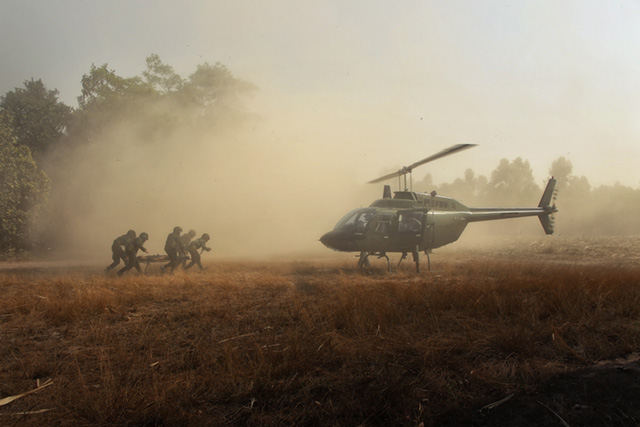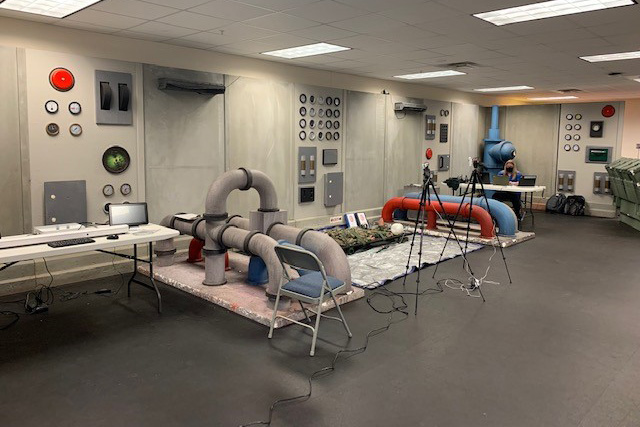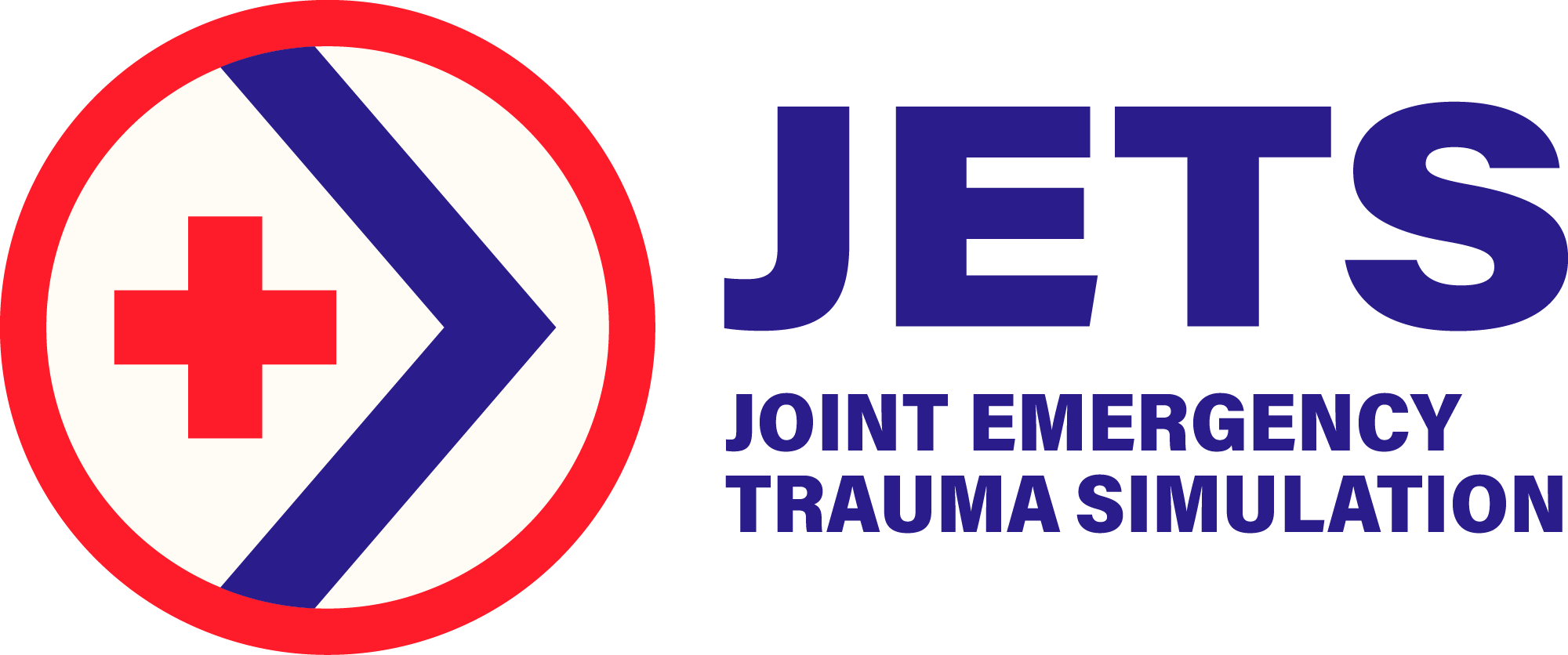Main Features
MAIN FEATURES
JETS creates a federation among various medical training devices, JETS support systems, and learning management systems. JETS addresses the challenges that Multi-Domain Operations (MDO) presents to training medical personnel, the requirements of Prolonged Field Care (PFC) training as delivered during combat operations or austere locations, and presents the capability to deliver highly effective and realistic training and simulation tools to forward-deployed medical personnel.
JETS architecture encapsulates the data, instruction, and simulation from a home station and allows it to be transferred forward to meet the requirements for the next level of training. The JETS is a system of systems architecture that uses a Medical Modeling and Simulation (MMS) Federated Object Model (FOM) to enable the integration of live, virtual, constructive, and gaming (LVCG) simulation technologies. JETS is projected to be linked with combat simulations as part of the Synthetic Training Environment. JETS is modular and scalable and will capture data from training conducted and allow that data to be taken back to the command center for analysis and action.
JETS could theoretically enable integrating existing training sites and equipment such as the Critical Care Air Transport (C-CAT) basic and advanced training (Aeromedical Evacuation) sites with the USASAM site (Army MEDEVAC training) at Ft. Rucker and the TMTL site (CASEVAC training) at Joint Base San Antonio, so that a training event can be conducted which spans CASEVAC, MEDEVAC, and AeroMedical Evacuation efforts.
DISTRIBUTED, JOINT TRAINING ARCHITECTURE
JETS could theoretically enable existing training sites and equipment such as the Critical Care Air Transport (C-CAT) basic and advanced training (Aeromedical Evacuation) sites with the USASAM site (Army Medevac training) at Ft. Rucker and the TMTL site (Casevac training) at Joint Base San Antonio, so that a training event can be conducted which spans Casevac, Medevac, and AeroMedical Evacuation efforts.

Image Provided by IVIR Inc.

Image Provided by IVIR Inc.
CUSTOMIZED TRAINING
By deploying a Global “Point of Demand” (POD) training capability, JETS trains the Warfighter where they live. With integrated Live, Virtual, Constructive, and Serious Gaming methods (LVCG), JETS enables “mass-customization” of training, reflecting the needs of a fast-paced military force to access and conduct training when, where, and how it requires (enabling virtual “hip pocket training” on handheld devices in, for example, motor pools). This helps to sustain individual, team, and unit skills over the career of the Warfighter while reducing skills deterioration over time, as well as the need for new centralized training sites and travel costs.
STANDARDIZATION
JETS provides a standardized architecture for a variety of medical simulation and training systems. This allows JETS to leverage current training sites and Global POD training with new training sites as they emerge. By adhering to the standard, new and existing sites can integrate and standardize their medical training.

Image Provided by IVIR Inc.

Image Provided by IVIR Inc.
PERFORMANCE DATA COLLECTION
“Lifetime Learning.” A Learning Management System (LMS) supports individual learning requirements, strengths of learning styles, and customized learning, increasing skills while increasing training efficiency. This is done by individualizing required refreshment training cycles (by duration and frequency) and concentrating resources on identified training deficiencies, thereby conserving time, funding, and equipment. JETS enables individual data collection through the JETS federation for the population into an LMS.
